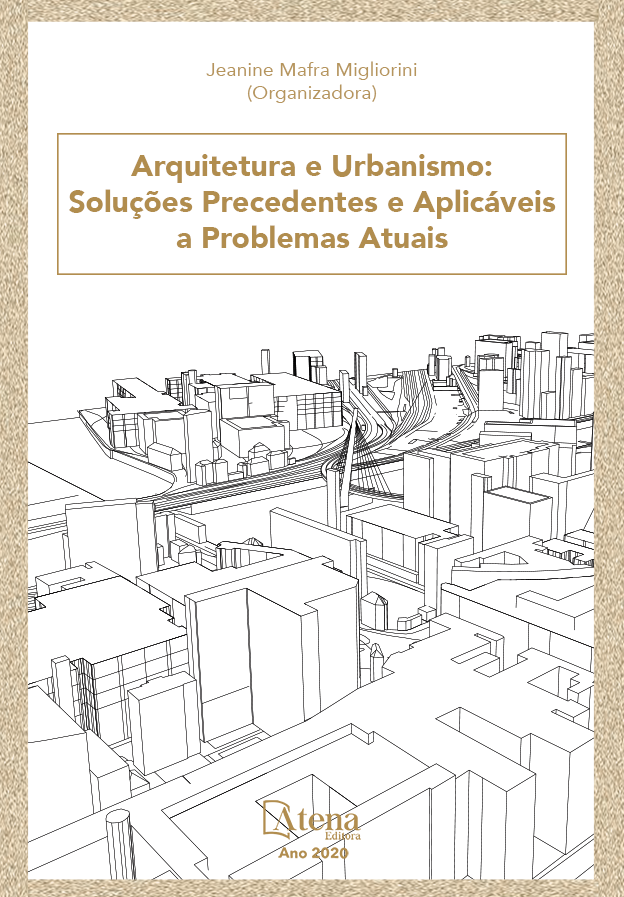
PERMANÊNCIAS E RUPTURAS NA TRAMA EDIFICADA PELA FÁBRICA TÊXTIL “NORTE ALAGOAS” NA CIDADE DE MACEIÓ-AL
A atividade têxtil alagoana se consolidou industrialmente entre o século XIX e o início do século XX, tendo proporcionado, à nível nacional, maior destaque ao comércio nordestino graças a fatores como a existência de matéria prima abundante e de mão-de-obra barata. Deste modo, o presente artigo propõe a análise e o levantamento histórico do antigo núcleo residencial operário da fábrica “Norte Alagoas”, na cidade de Maceió-Alagoas, de modo a verificar a sua configuração espacial, as várias tipologias arquitetônicas, a sua relação com diferentes conceitos de habitat e, por fim, o processo de desmonte e a atual situação desses espaços através da utilização de ferramentas como as primeiras impressões sobre os objetos de estudo, levantamentos bibliográficos, iconográficos e audiovisuais e pesquisas em portais virtuais de textos científicos. Os resultados desse mapeamento permitiram a posterior compreensão e análise do processo de implantação do núcleo fabril e da concentração de poder em relação a setorização e hierarquização dos espaços e das edificações, possibilitando a comparação do cenário antigo com o atual do núcleo operário, bem como entender o impacto do fechamento e desmonte do espaço para seu trabalhadores.
PERMANÊNCIAS E RUPTURAS NA TRAMA EDIFICADA PELA FÁBRICA TÊXTIL “NORTE ALAGOAS” NA CIDADE DE MACEIÓ-AL
-
DOI: 10.22533/at.ed.0342003124
-
Palavras-chave: Maceió; Núcleos operários; Patrimônio industrial.
-
Keywords: Maceió; working houses; Industrial heritage.
-
Abstract:
The textile activity in Alagoas was industrially consolidated between the 19th century and the beginning of the 20th century, having, at the national level, given greater prominence to the Northeastern trade thanks to factors such as the existence of abundant raw materials and cheap labor. Thereby, this article proposes the analysis and historical survey of the old working houses of the “Norte Alagoas” factory, in the city of Maceió - Alagoas, in order to verify its spatial configurations, the various architectural types, its relationship with different habitat concepts and, finally, the disassemble process and the current situation of these spaces through the use of tools such as first impressions on the objects of study, bibliographic, iconographic and audiovisual surveys and research on virtual portals of scientific texts. The results of this mapping allowed for a later understanding and analysis of the implantation process of the manufacturing working houses and the concentration of power in relation to the sectorization and hierarchization of spaces and buildings, enabling the comparison of the old scenario with the current one of the working houses, as well as understanding the impact of closing and dismantling the space for your workers.
-
Número de páginas: 15
- Beatriz Rodrigues Simões Gomes
- Gabriela Marinho da Silva
- Mônica Peixoto Vianna


